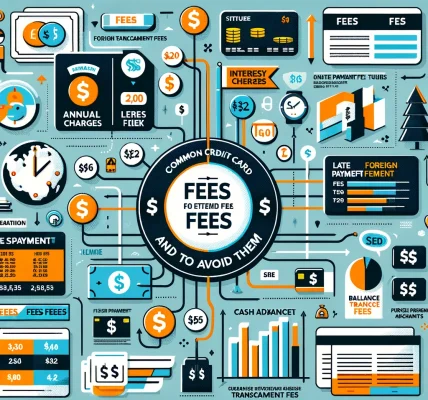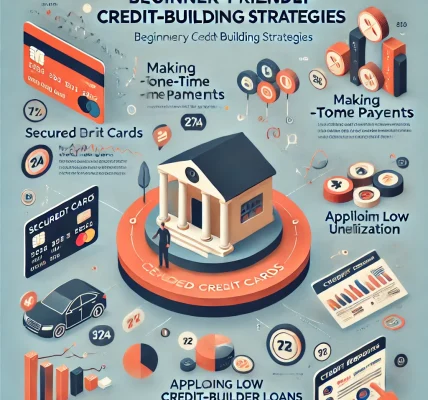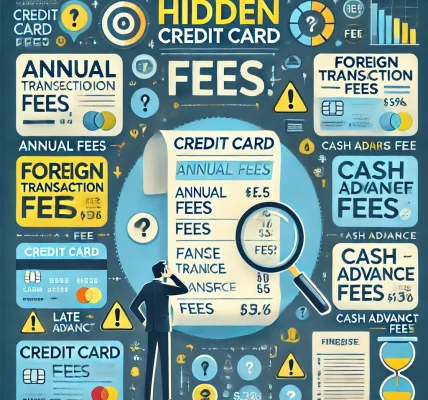Introduction
If you’re struggling with debt, negotiating with creditors can be a powerful way to reduce what you owe and regain financial control. Many people assume that they have to pay their debts in full, but creditors are often willing to negotiate settlements, lower interest rates, or set up manageable payment plans.
This DIY guide will walk you through the essential steps to successfully negotiate and settle your debt while avoiding potential legal pitfalls.
Understanding Debt Settlement
Debt settlement involves negotiating with creditors to pay a reduced amount instead of the full balance. This is typically an option for those experiencing financial hardship and who are unable to keep up with their regular payments.
When to Consider Debt Settlement:
- You have significant unsecured debt (such as credit card balances, medical bills, or personal loans).
- You’re behind on payments and facing collection calls.
- You want to avoid bankruptcy but need financial relief.
Step-by-Step Guide to Negotiating and Settling Debt
1. Assess Your Financial Situation
Before contacting your creditors, take stock of your financial position.
- List all your debts, including amounts owed, interest rates, and minimum payments.
- Review your income and expenses to determine what you can afford to pay.
- Check your credit report to ensure accuracy.
2. Understand Your Options
When negotiating with creditors, you have several potential options:
- Lump-Sum Settlement: Pay a reduced amount in one payment to settle the debt.
- Payment Plan: Set up an extended repayment schedule with lower monthly payments.
- Interest Rate Reduction: Request a lower interest rate to make payments more manageable.
- Debt Forgiveness: In rare cases, creditors may forgive part of the debt.
3. Contact Your Creditors
Once you’ve decided on your negotiation strategy, reach out to your creditors. It’s best to communicate in writing or through recorded phone calls when permitted.
Best Practices: ✅ Stay calm and professional. ✅ Explain your financial hardship. ✅ Be honest but avoid sharing excessive details. ✅ Make a reasonable offer based on your financial situation. ✅ Request all agreements in writing before making any payments.
4. Negotiate a Settlement
If your creditor agrees to negotiate, they may counter your offer. Be prepared to adjust your terms.
Key Negotiation Tips:
- Start by offering 30-50% of the total balance if negotiating a lump-sum settlement.
- If negotiating a payment plan, ensure it fits within your budget.
- Mention that you’re considering bankruptcy (if applicable) as a last resort.
- Ask for a ‘Paid as Agreed’ or ‘Settled in Full’ status on your credit report.
5. Get the Agreement in Writing
Never make a payment until you receive a written agreement stating:
- The settlement amount.
- Payment terms and deadlines.
- Confirmation that the creditor will report the debt as settled.
- A statement that the remaining balance will not be pursued further.
6. Make Your Payment(s)
Once you receive written confirmation, ensure that you make your payments on time. Consider using a certified check or electronic transfer for proof of payment.
7. Monitor Your Credit Report
After settling your debt, check your credit report to confirm the update. If the creditor does not report it correctly, dispute the information with credit bureaus.
Pros and Cons of Debt Settlement
✅ Pros:
- Reduce the total amount of debt owed.
- Avoid bankruptcy and its long-term impact.
- Stop collection calls and legal actions.
- Settle debts faster than through minimum payments.
❌ Cons:
- May negatively impact your credit score.
- Creditors are not required to negotiate.
- Settled accounts may be reported as ‘Settled for Less than Full Balance’.
- You may owe taxes on the forgiven debt amount.
Alternative Debt Relief Options
If debt settlement isn’t the best option for you, consider:
- Debt Consolidation: Combining multiple debts into a single loan with a lower interest rate.
- Credit Counseling: Working with a nonprofit agency to create a structured repayment plan.
- Bankruptcy: A legal option for those unable to pay debts, but with significant consequences.
Final Thoughts
Debt settlement can be a smart way to regain financial control, but it requires careful planning and negotiation. By following this DIY guide, you can increase your chances of successfully reducing your debt while avoiding potential legal issues.
Remember: Always get agreements in writing, stick to your budget, and stay informed about your rights as a consumer. With patience and determination, you can work towards a debt-free future!




